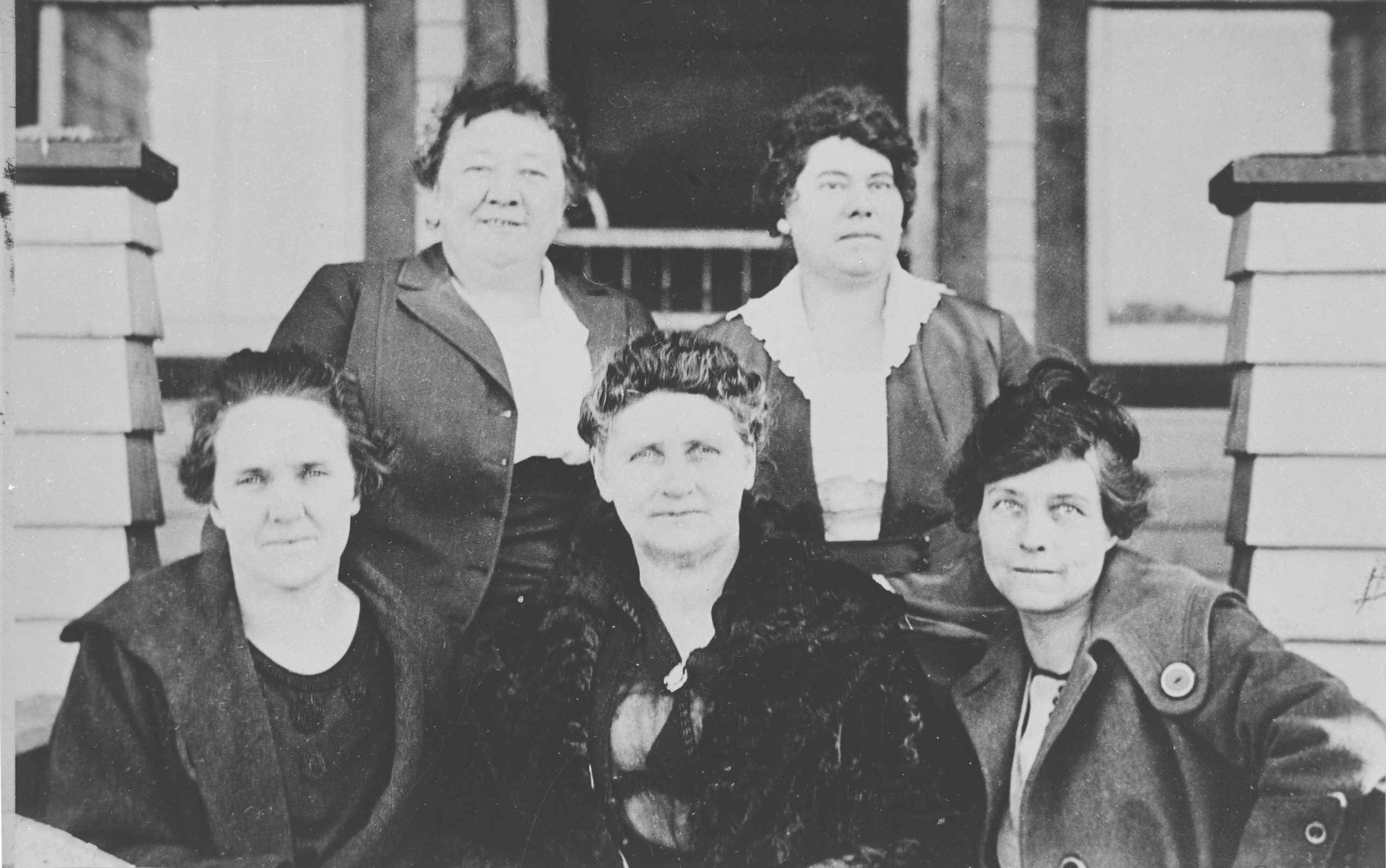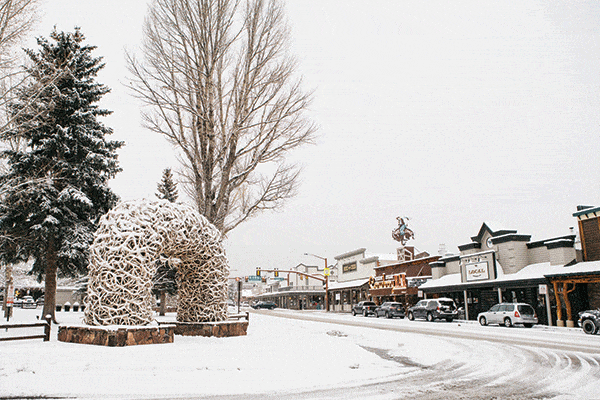The Life of a Sled Dog
25 Jan 2021
Raising and training the Volkswagens and Ferraris of the dog world
Winter 2020/2021
Written By: Morgan McGlashon | Images: Morgan McGlashon
If you’ve lived here long enough, you might be familiar with the house on the hill where Highway 191 intersects Granite Creek. You might have heard barking as you wind the corner on your way to Granite Hot Springs or, if you’re lucky, seen dog sledding teams flying up the road on a snowy winter day. However, nothing quite compares to making the 180-degree turn onto Frank Teasley’s property and laying eyes on the Jackson Hole Iditarod (JHI) Sled Dog Tours team, a yard of approximately 200 howling Alaskan huskies.
The yard is organized by job. Lowest on the hill is the nursery — the puppies. Around the next bend lays the main yard with around 140 dogs who are dedicated to the dog sled tours. Frank refers to them as the Volkswagens. Just above the tour dog lot sits the retirement home (old dogs no longer working) and highest on the hill is the race team; roughly 20 of JHI’s fastest dogs. The Ferraris.
Alix Crittenden is Frank’s right hand operator and race team manager. Having worked with Frank and JHI for the last 10 years, she can tell you which of the 200 dogs is barking from inside the office.
Alix raises, trains, and selects her racing team. This means from the time the puppies are born until they are about 2 years old, Alix is solely responsible for their nutrition, training, and conditioning program. “I like to be the first one there when they are born, to be the first human they imprint on.” Between six and eight weeks, Alix begins taking the pups on little walks around the property and working on skills such as recall, recognizing their names, and manners, like sitting for their food. Soon after, the walks become bike rides, because Alix can no longer keep up with them on foot.
"You need a dog who not only can do it, but also wants to do it." Alix Crittenden
By the time they’re four or five months old, Alix will start what she calls “free running,” where she takes the dogs out with a four-wheeler and has them run alongside. Now, the pups start getting more exercise and exposure to things like swimming. At six months, she starts harness training — putting the pups in a harness for the first time and letting them figure out what that feels like. Harness training starts with short, slow runs with the goal of keeping it very fun. Eventually, they work toward being harnessed together and training as a team.
Around age two, Alix says she can start to tell if a dog is going to make it on her race team. “You need a dog who not only can do it, but also wants to do it. They have to have the right build and the right attitude.” If Alix thinks a pup is a good fit for the team, she puts them in the race program, and they begin training with the rest of the race team. If not, she sends the pups to Frank to join the tour team. JHI operates as a kennel with a versatile
set of jobs to keep the “staff” employed. “Every dog around here has a job. As a kennel, that means we don’t sell dogs, period,” says Frank.



The biggest race of the year for Alix and her team is the Pedigree Stage Stop Race, which was co-founded by Frank in 1996. Beginning in the Town Square of Jackson, mushers and dogs launch on an around 400-mile race across northern Wyoming. The race covers six different mountain ranges and stops in a new Wyoming town each night. At the end of the seven stages, the winning team takes home $165,000. In 2020, Alix and her team placed third out of 25 teams.
And while, the race only happens once a year — this year, it kicks off on January 29 — anyone can experience the thrill of riding behind a team of dogs. JHI does half and full-day dog sled tours that cover vast wilderness and offer the chance to see these carefully trained teams at work.











